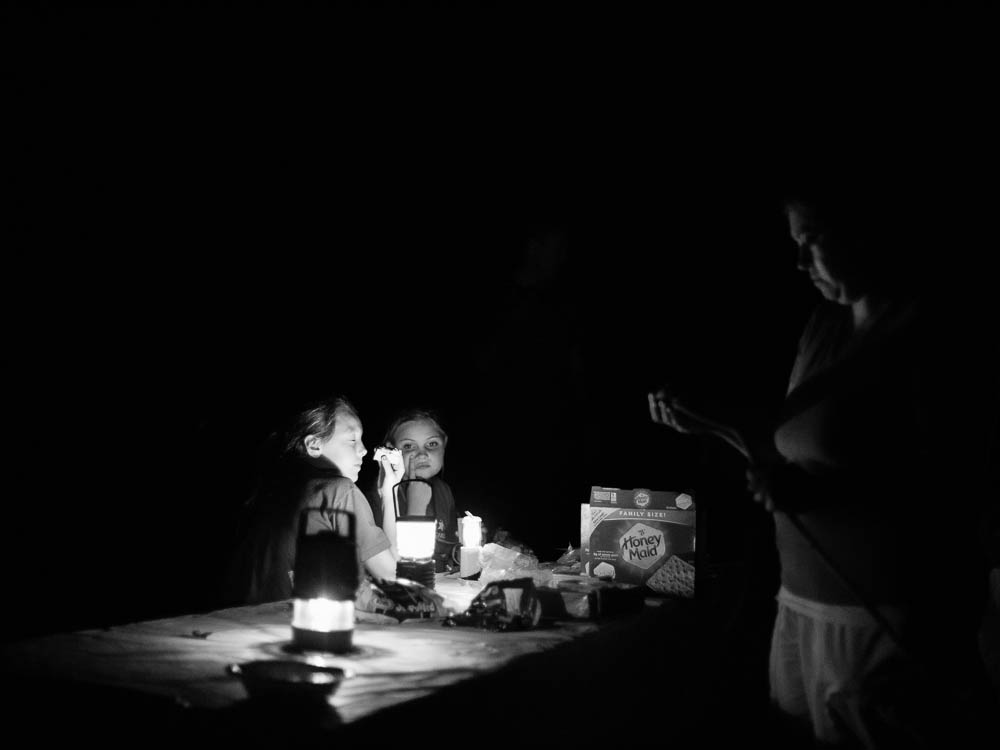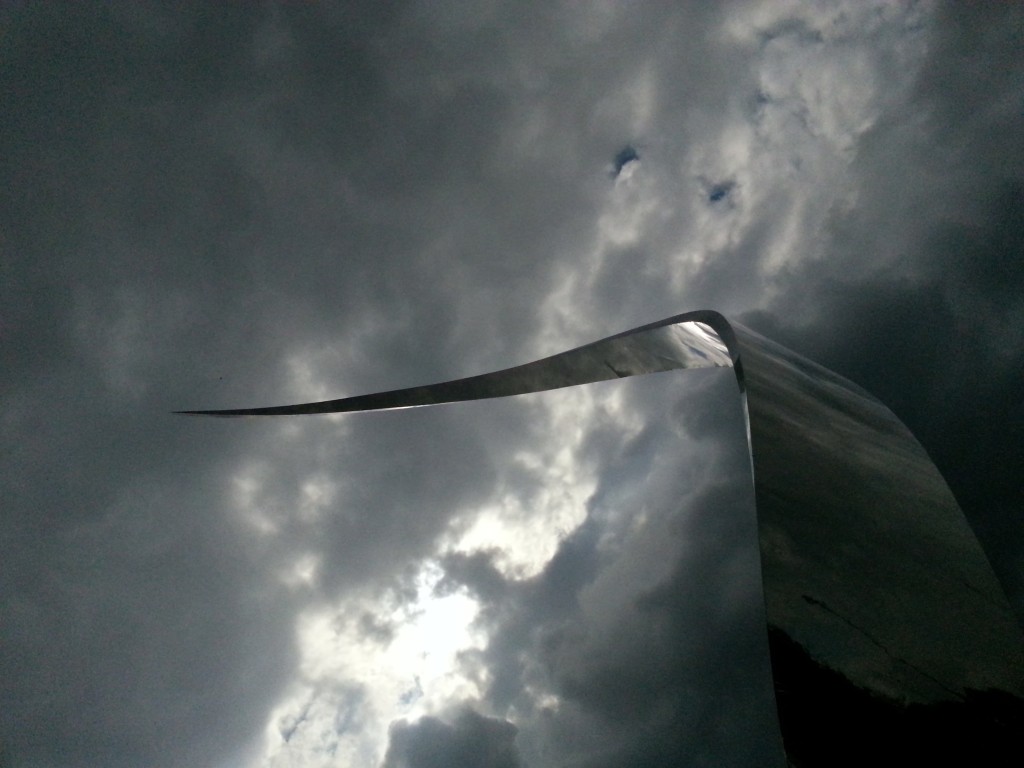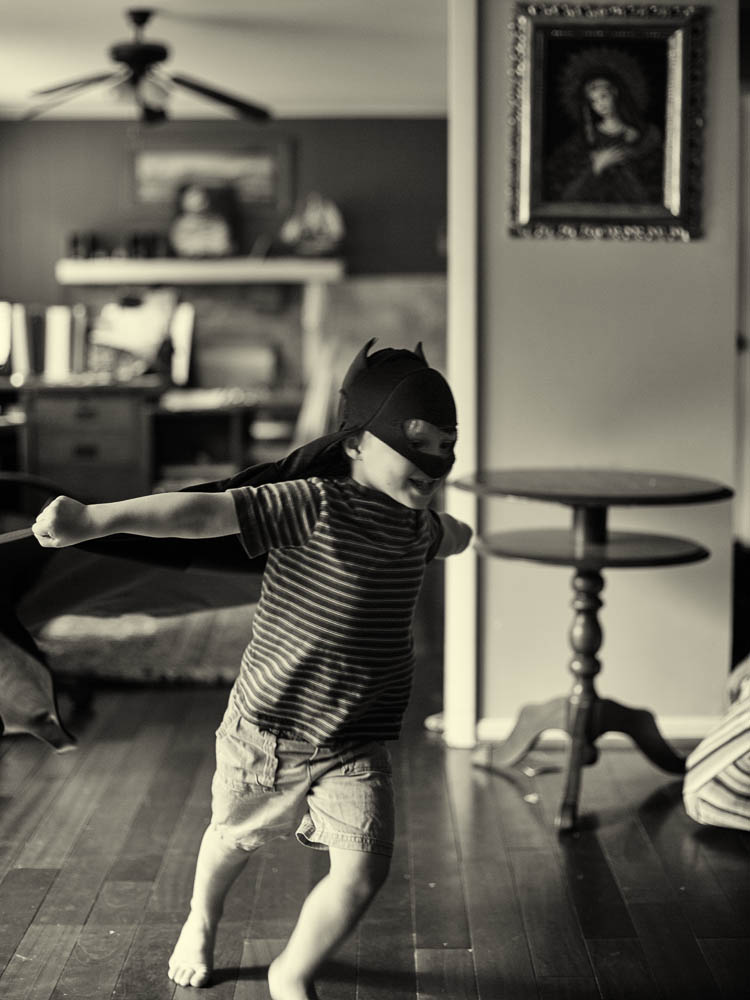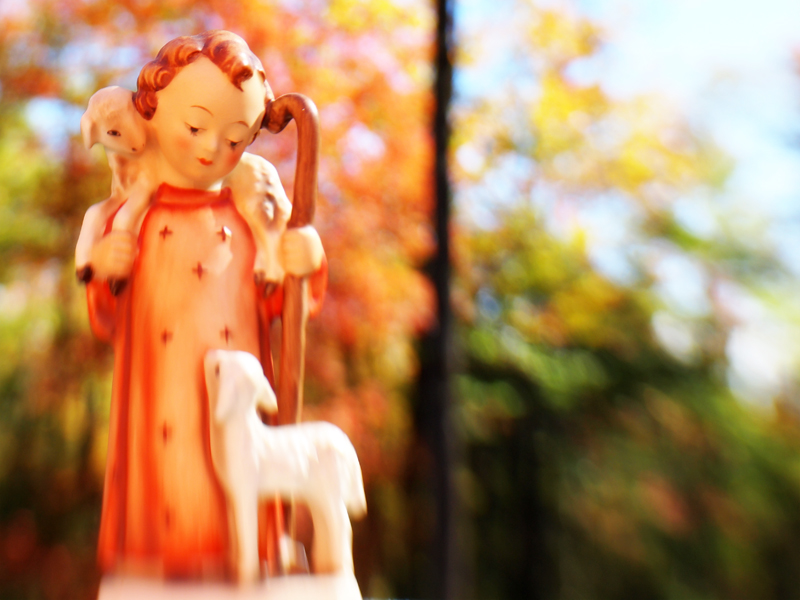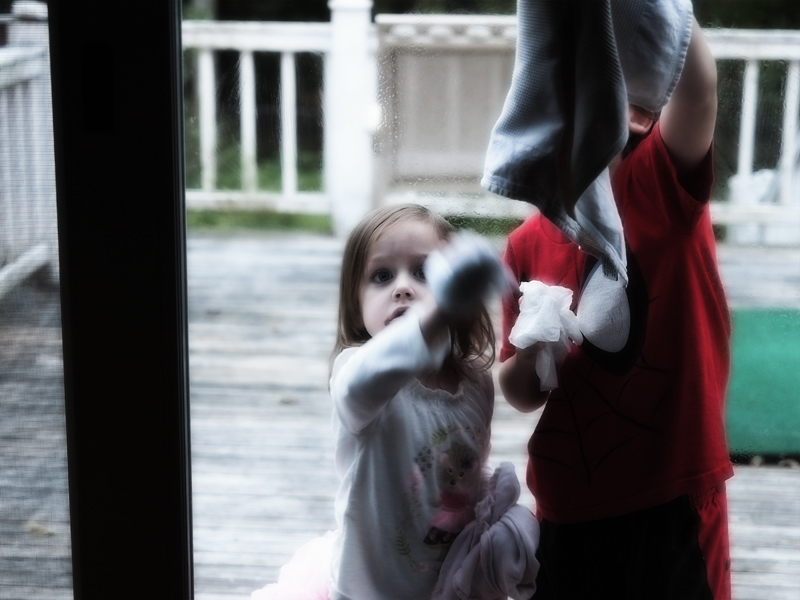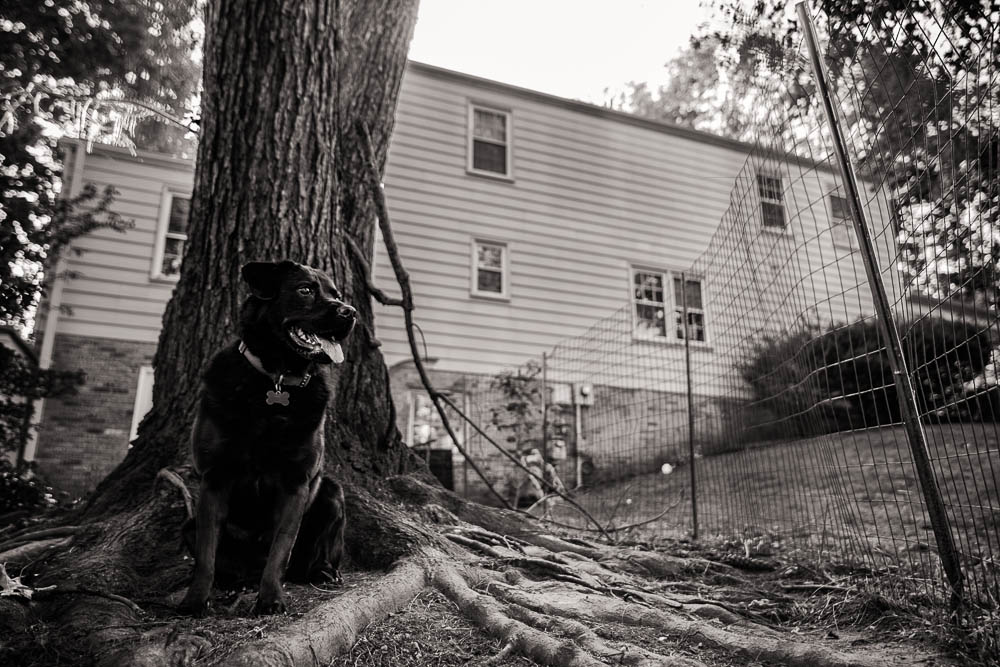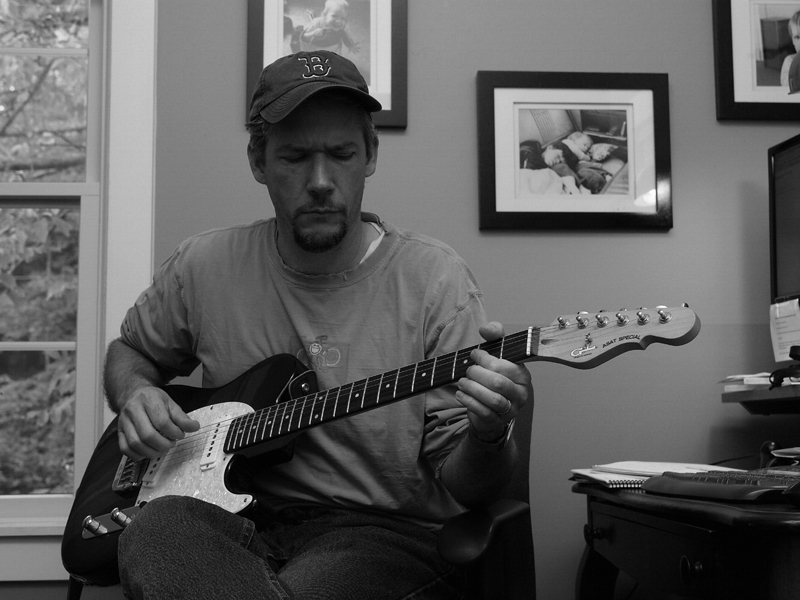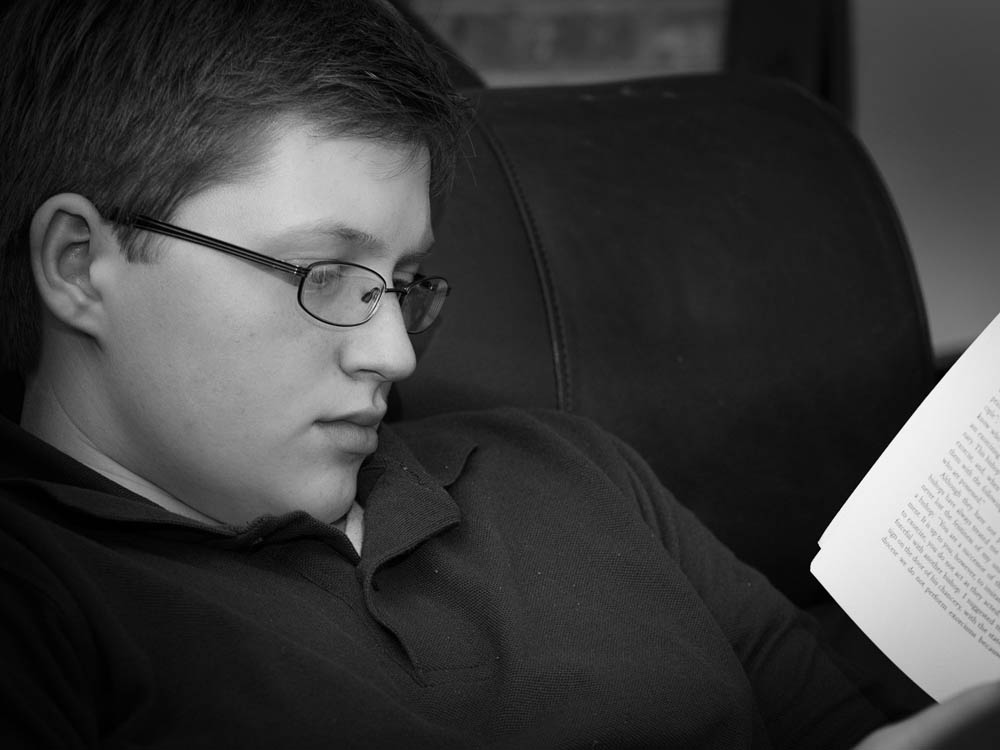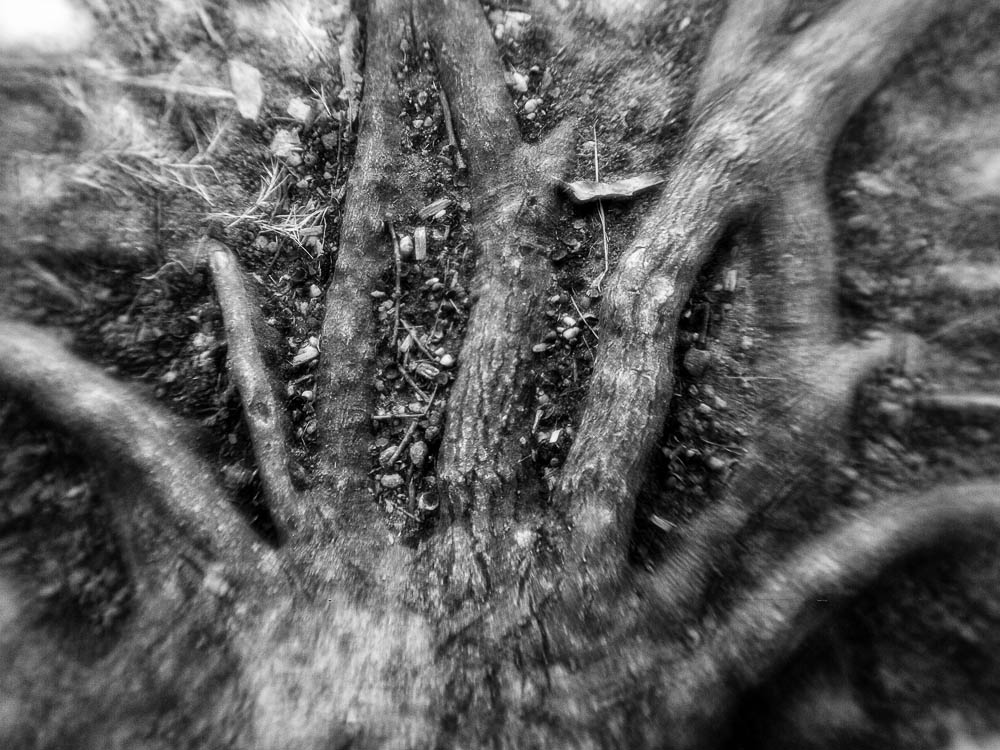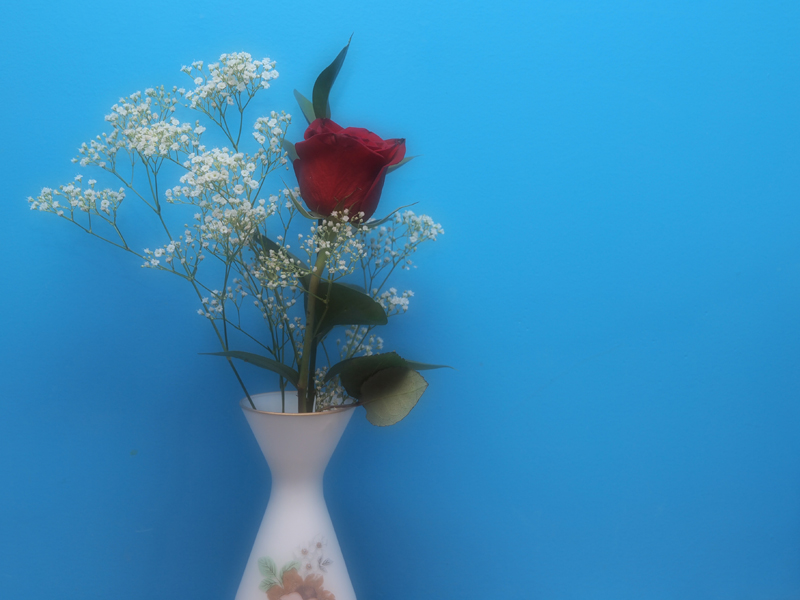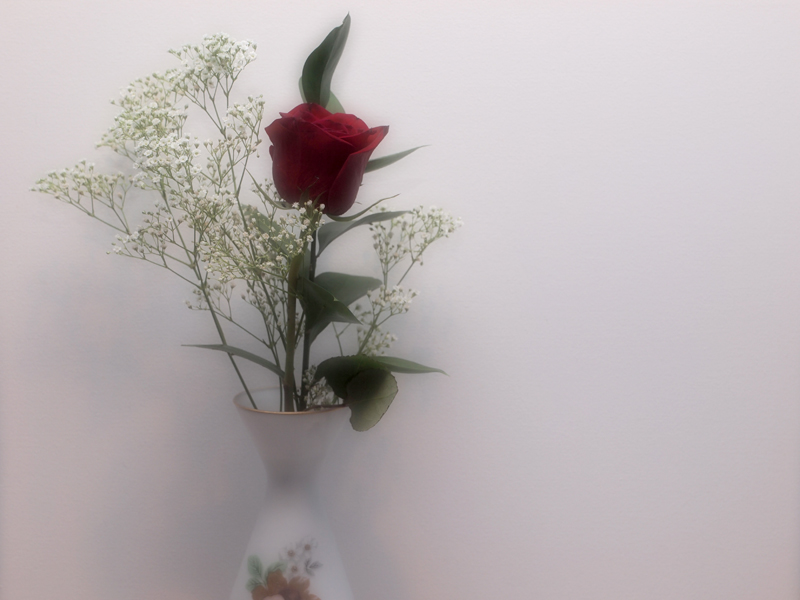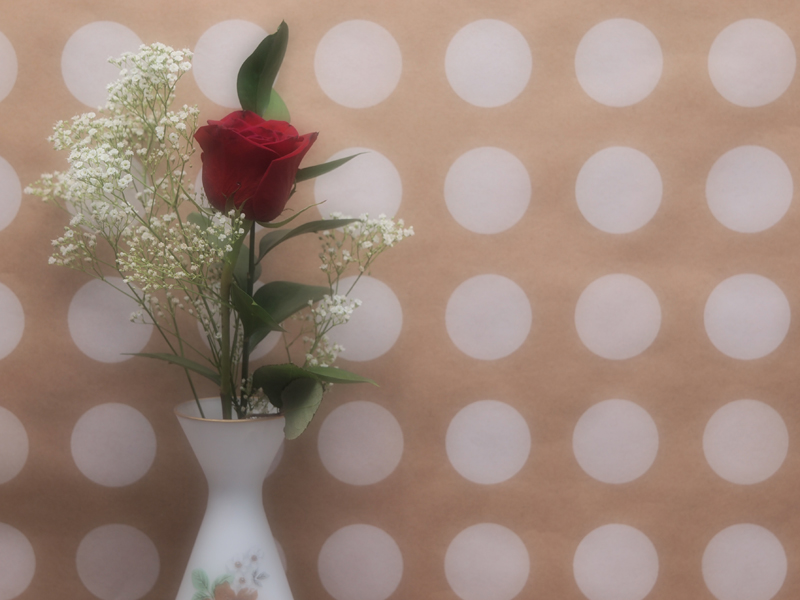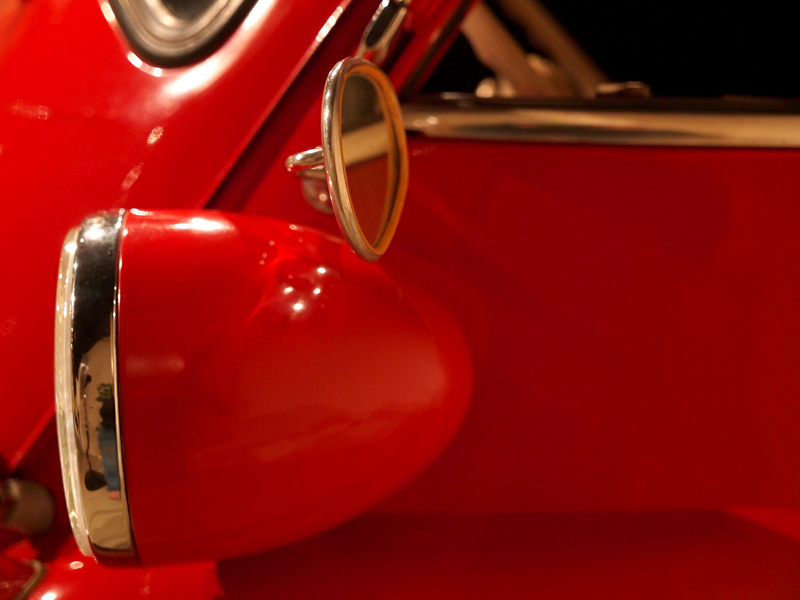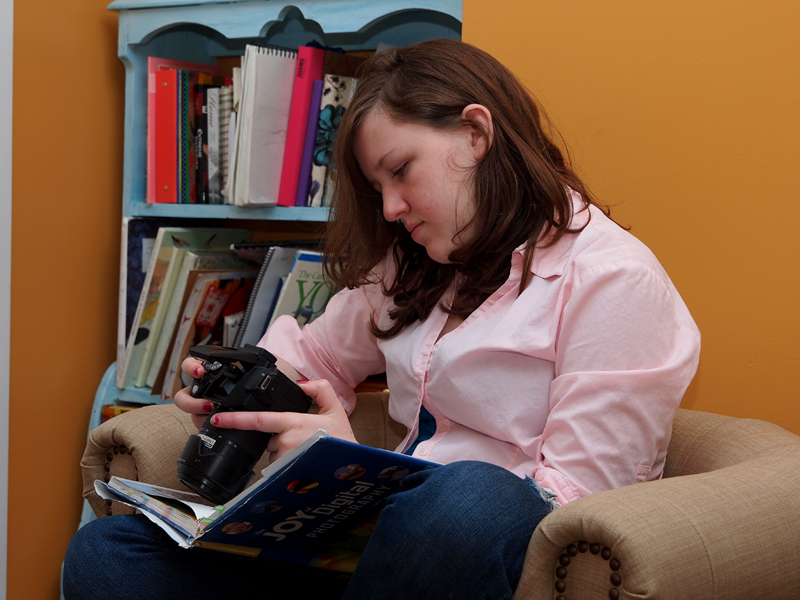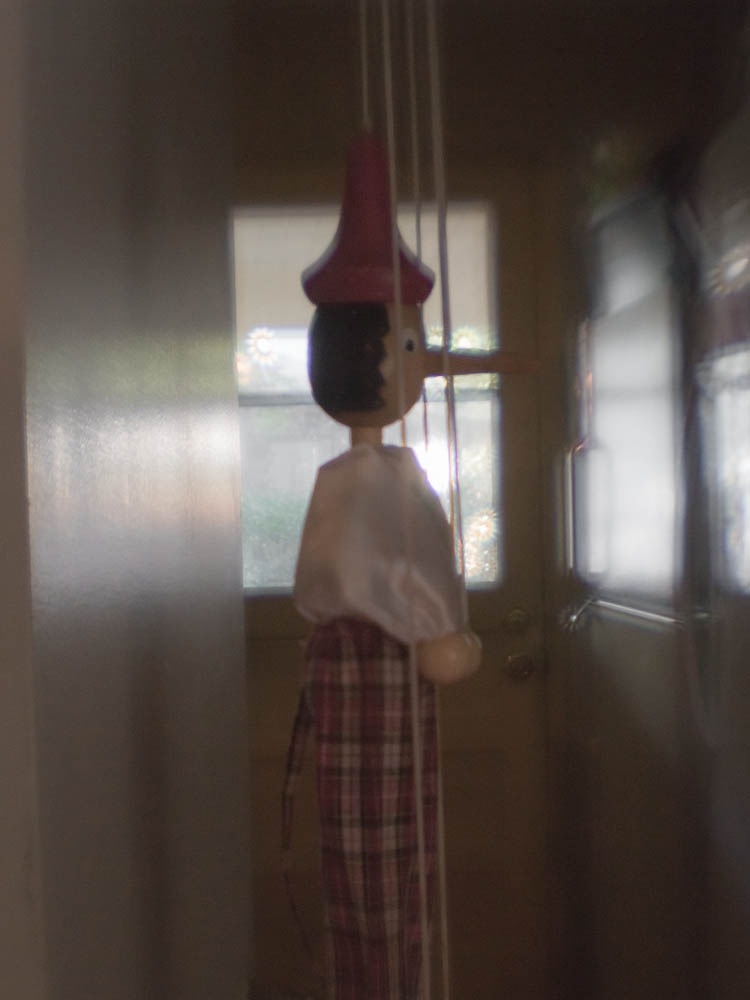Metaphor
The Call: S’mores — Jessica
Bear with me here, as I attempt to tease out something from the jumbled mass of thoughts running through my head.
I was listening to a podcast by the Circe Institute when Andrew Kern mentioned how Robert Frost thought that all art was a gathering of metaphors. Kern was speaking specifically about literature, but my mind immediately jumped to the visual. Hmm, I thought. There is something very interesting there. Since I didn’t want to transcribe the podcast, I found a similar bit that had been posted on the CI’s blog:
For Frost, metaphor was everything. It is the heart of poetry, he believed; but, more than, it’s heart of all thinking. Not only did metaphor allow his poetry “to talk”, as he wished it to, but metaphor also was central to his dualistic aesthetic philosophy. He believed that “the height of poetry, the height of all thinking, the height of all poetic thinking,” was in “that attempt to say matter in terms of spirit and spirt in terms of matter.” He believed that is is the job of the artist to provide “gathering metaphors” by which the universe can be understood.
So the question now becomes, how does a visual artist “gather metaphors?”
The picture above is from a scout campout this past weekend. The metaphor I was working on was “light in the darkness” and the s’mores being that “light” after a long day of activities, dinner prep/clean-up, and hikes. Now, there is kind of a mismatch between the two; s’mores are certainly not as serious as that metaphor so in many aspects I think it fails as a gathered metaphor — it certainly doesn’t help us understand the universe! Then again, I wasn’t really attempting that here — just trying to show how excited the girls were about the treats after a long and tiring day.
Now, in terms of how to make a metaphor visual, I’m hoping that Adam Marelli can help me. I know I’ve linked to his work before, but it may have been on my (stalled out) personal blog. I have learned so much about composition and formal design structure his website. Wonder around his site and see if something doesn’t speak to you too. I really have enjoyed his work on Henri Cartier-Bresson, the surrealists, and a recent lecture at the B & H store in NYC.
Finally, I know we talked about both doing a shot based on the same poem. The Frost poem that I linked to on Circe’s blog would be an interesting one and I think it would match the “Metaphor” call very well too. What do you think, Cheryl?




